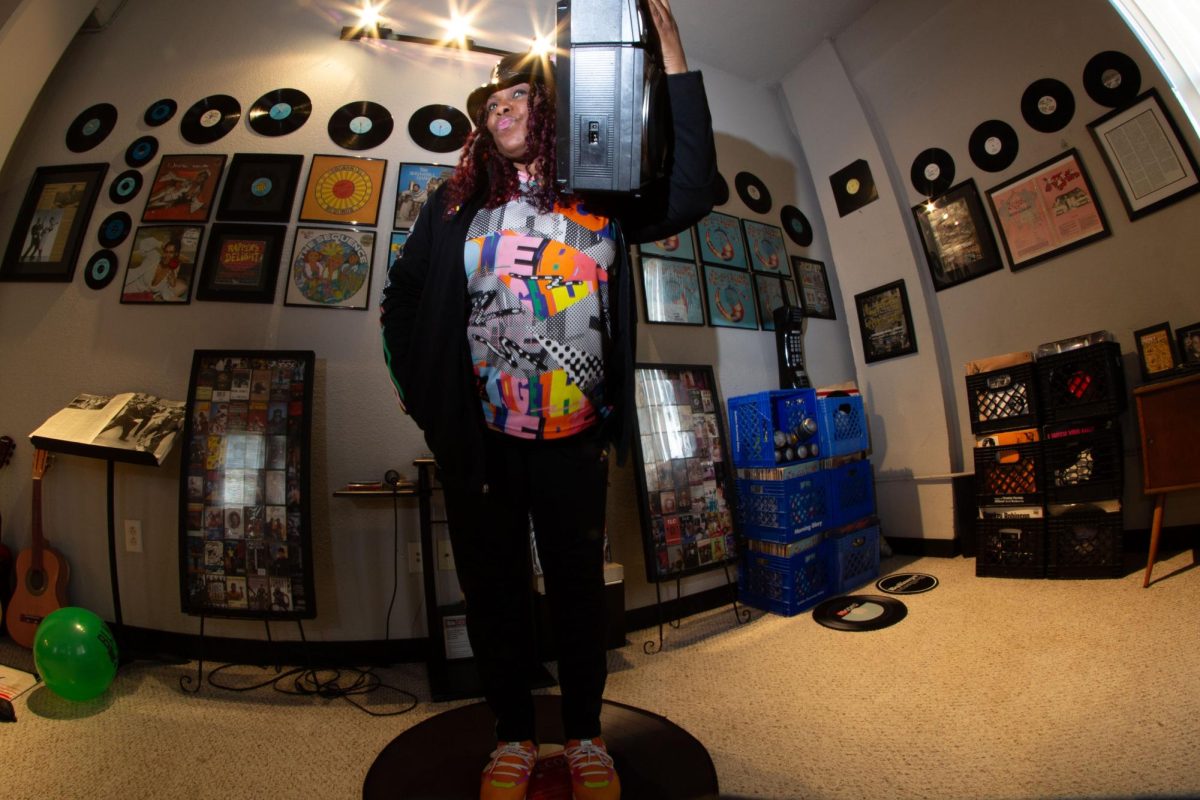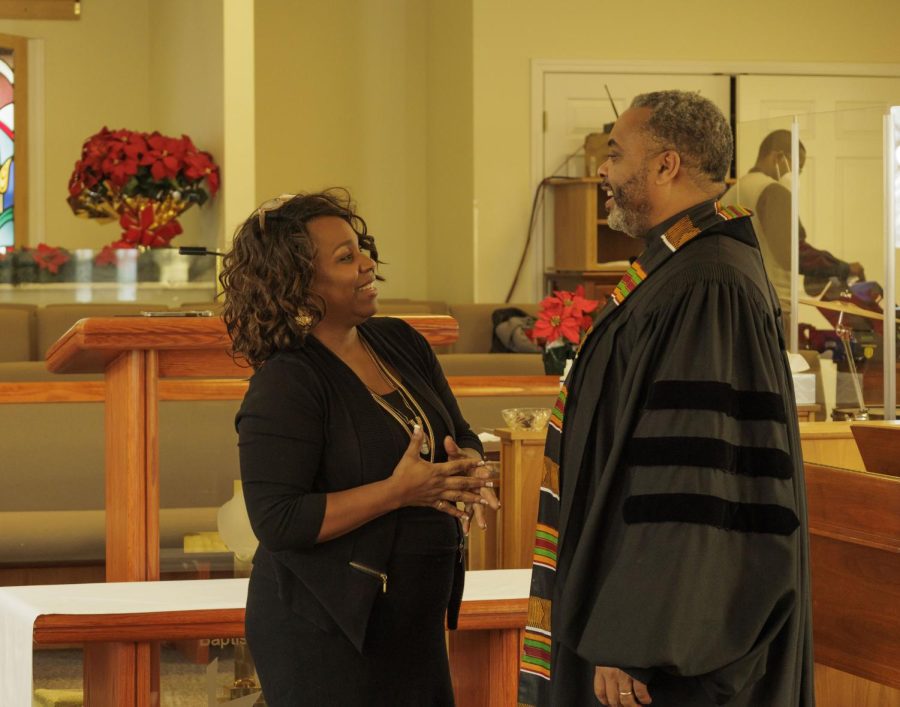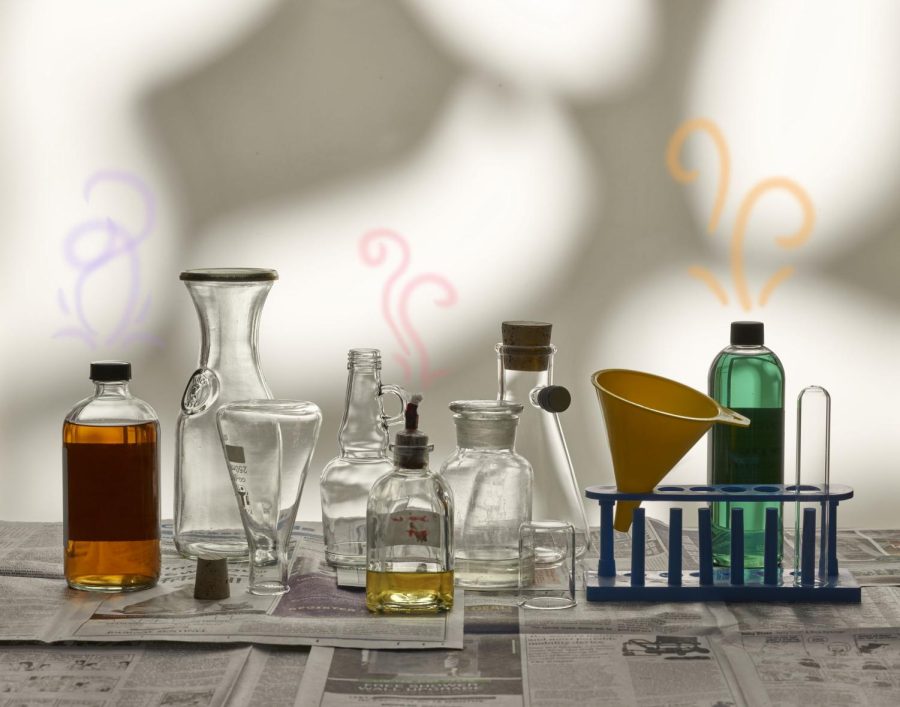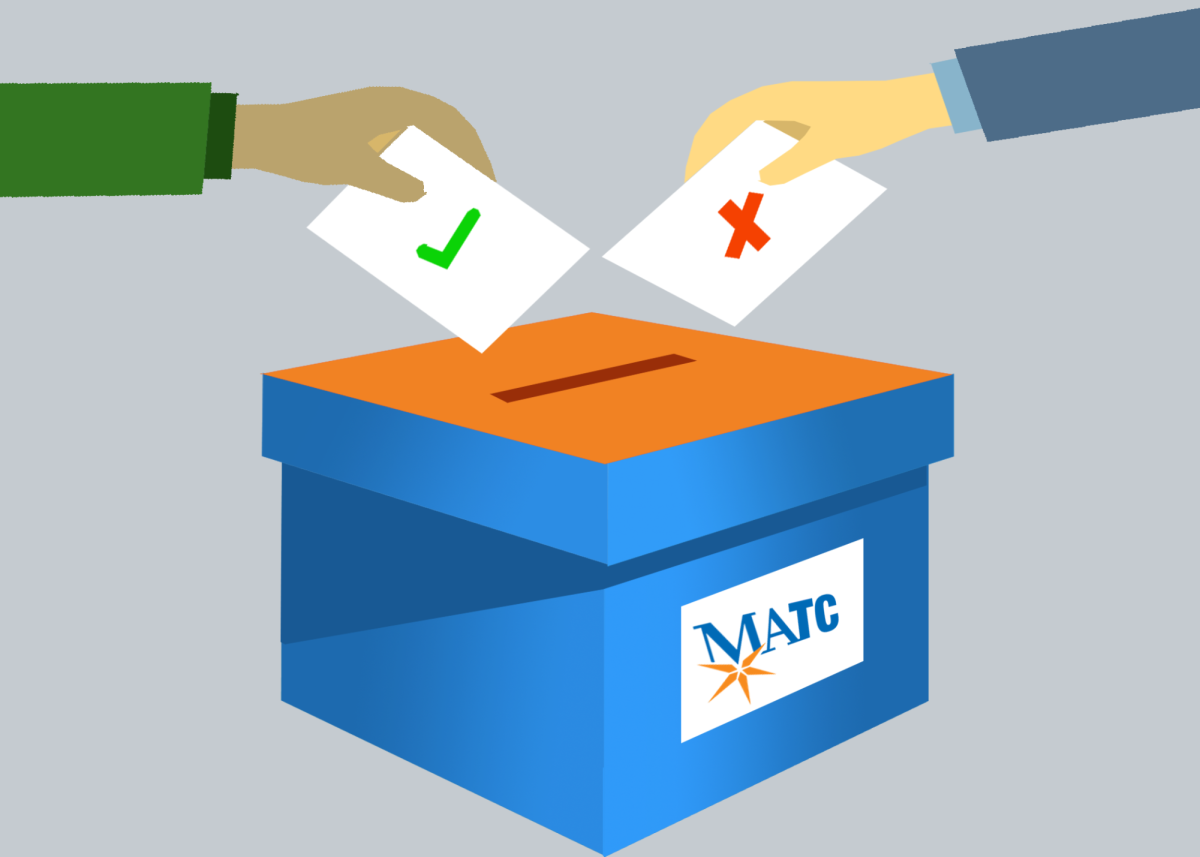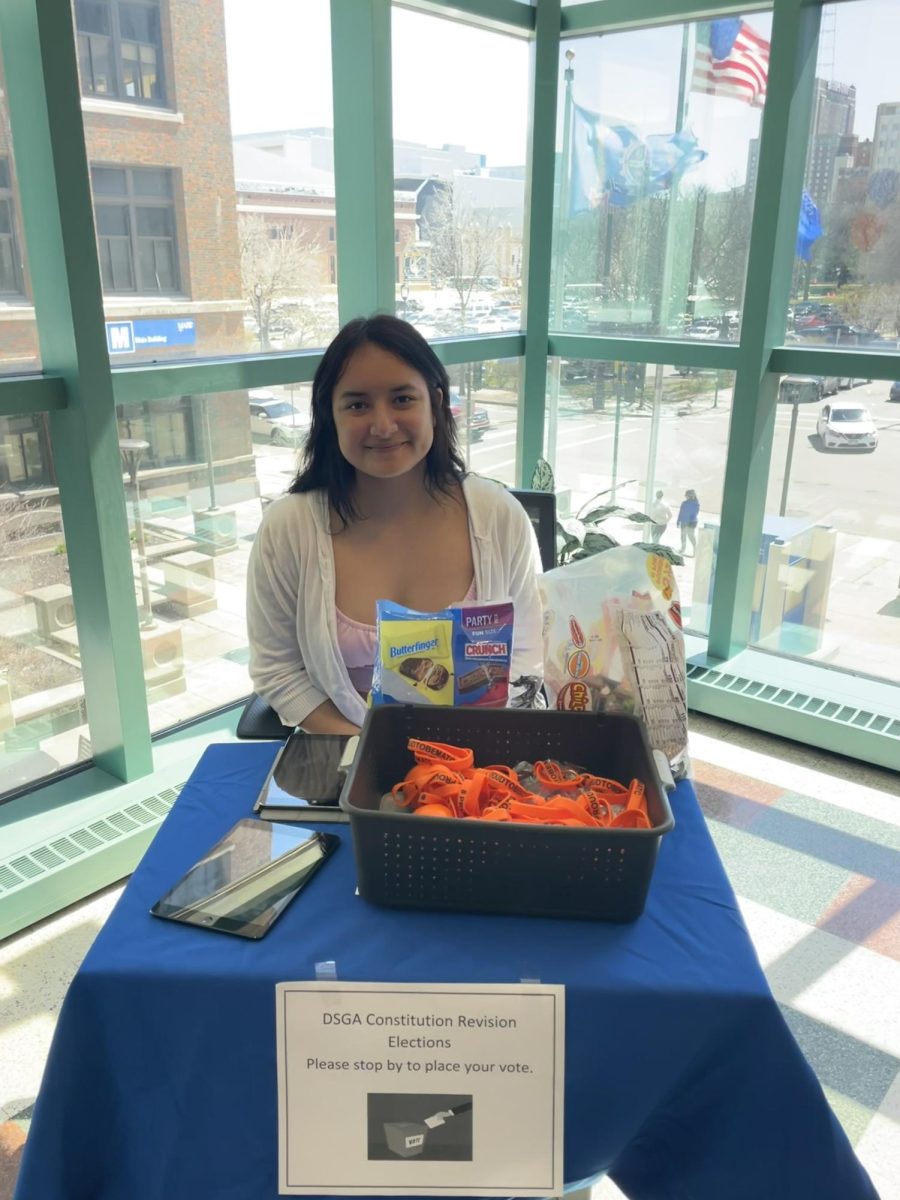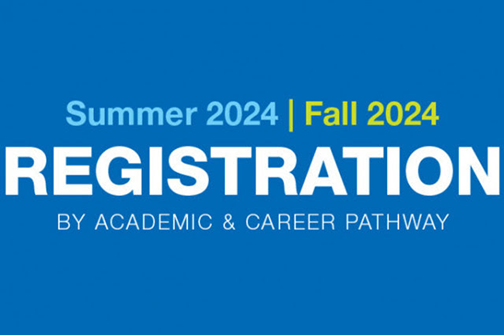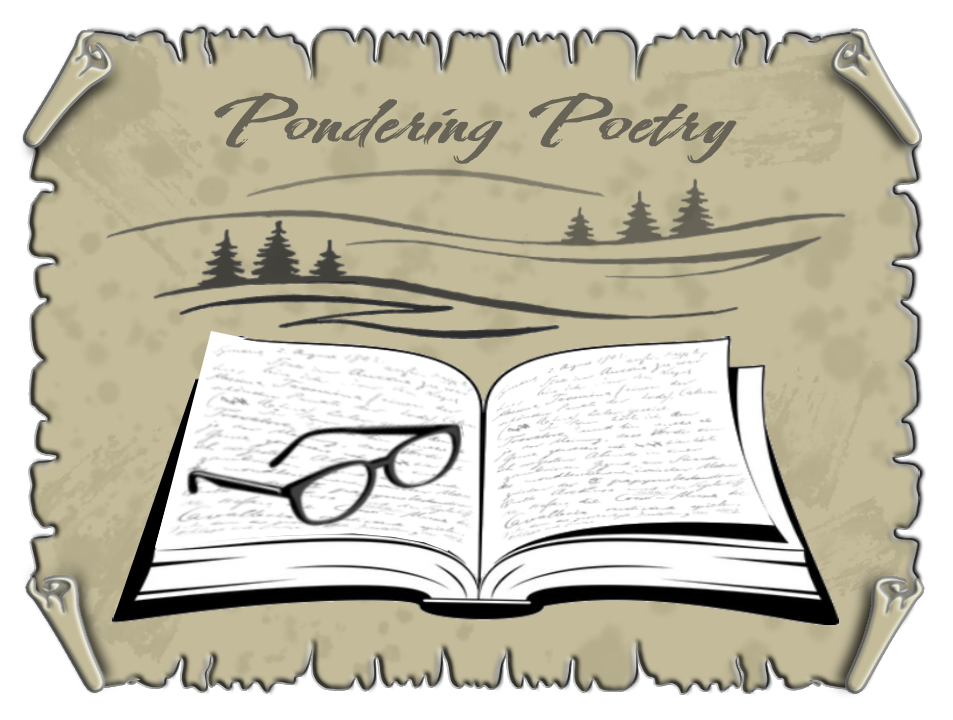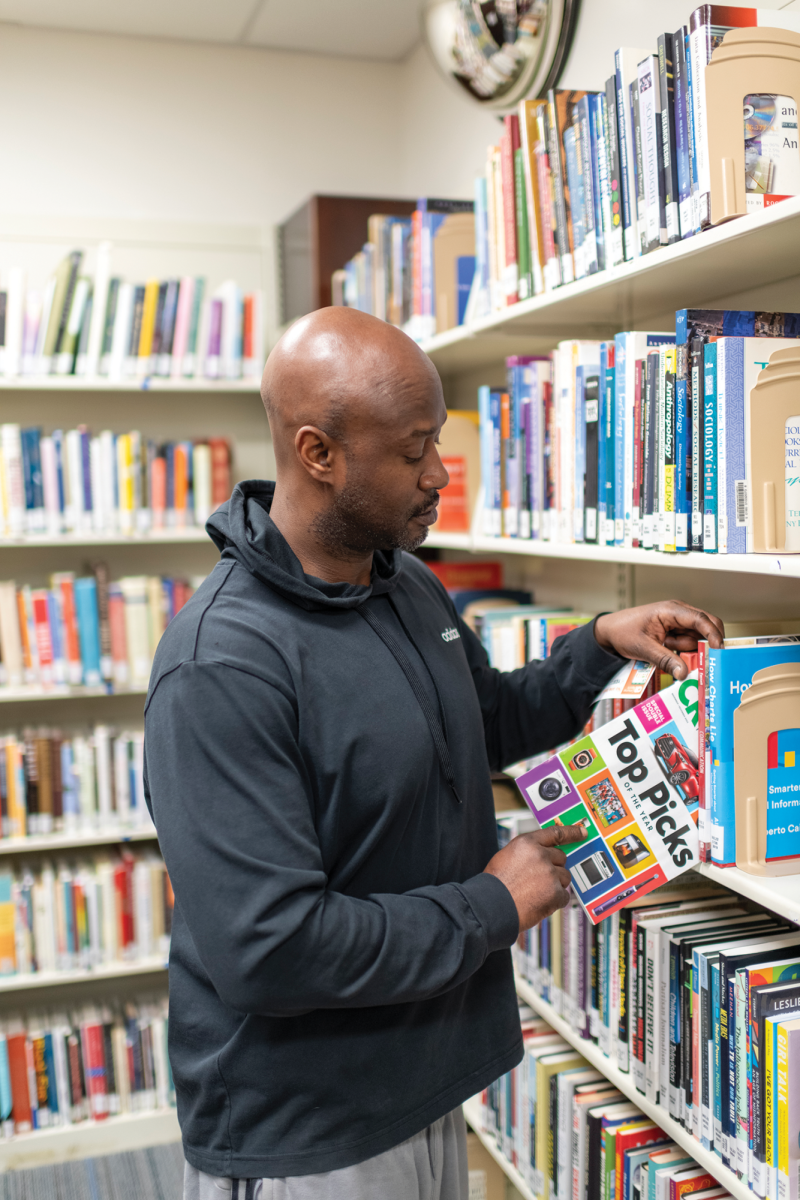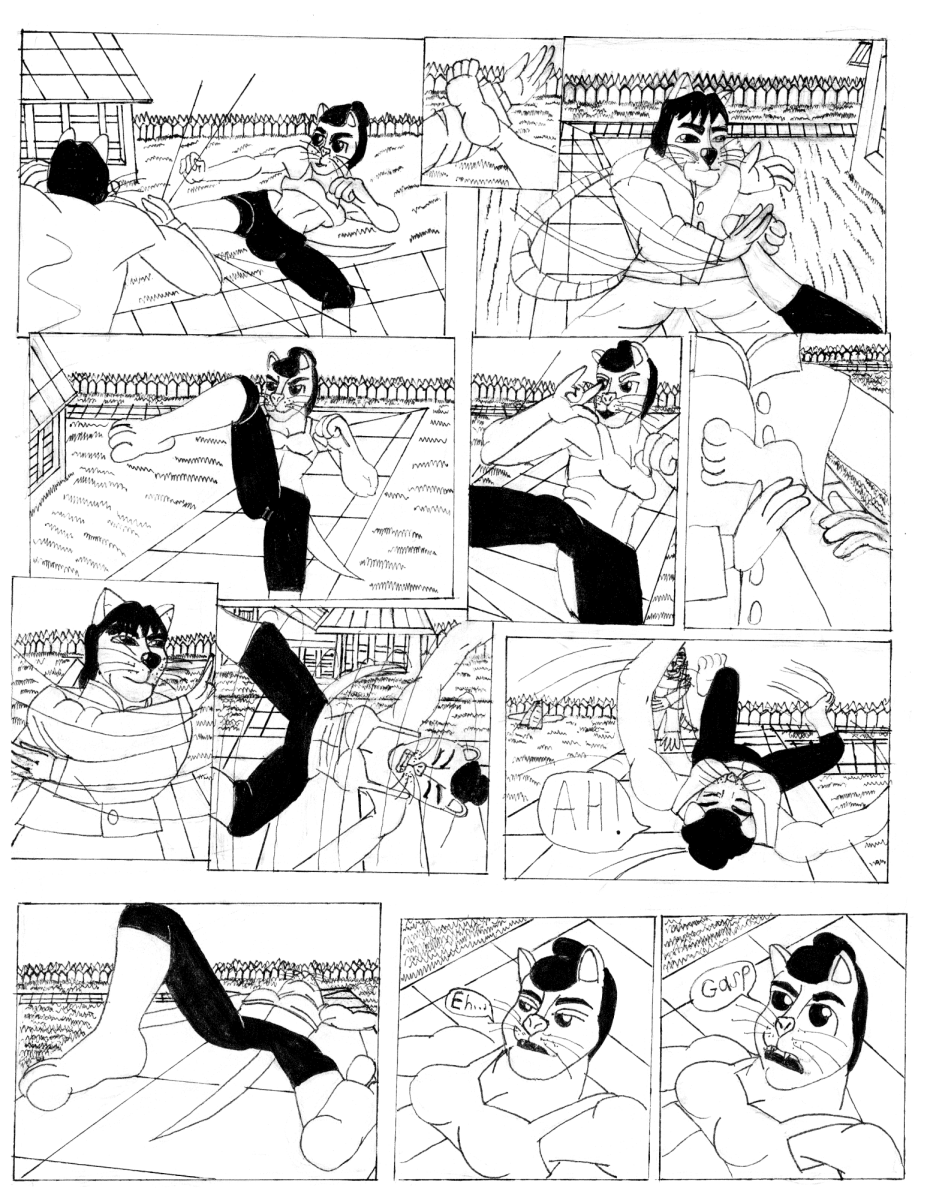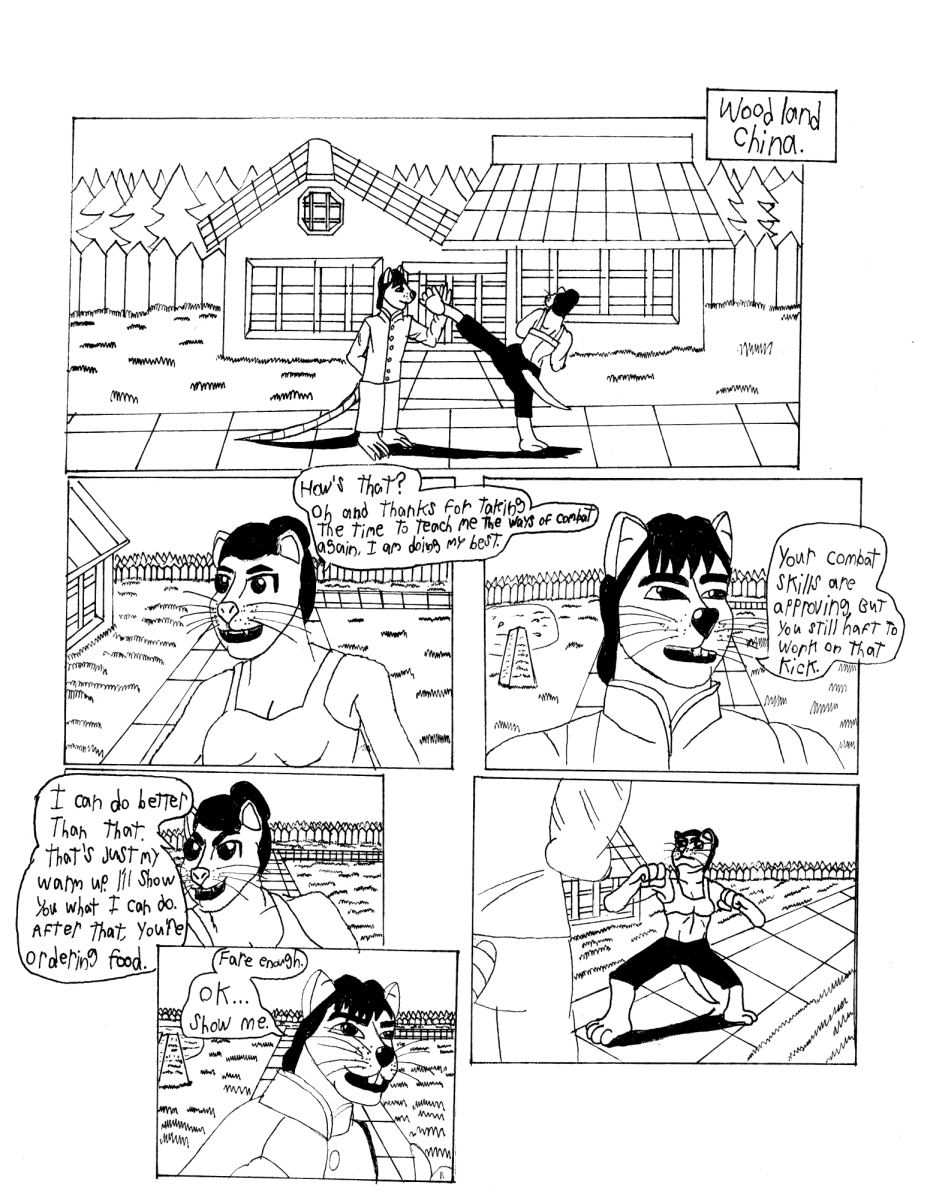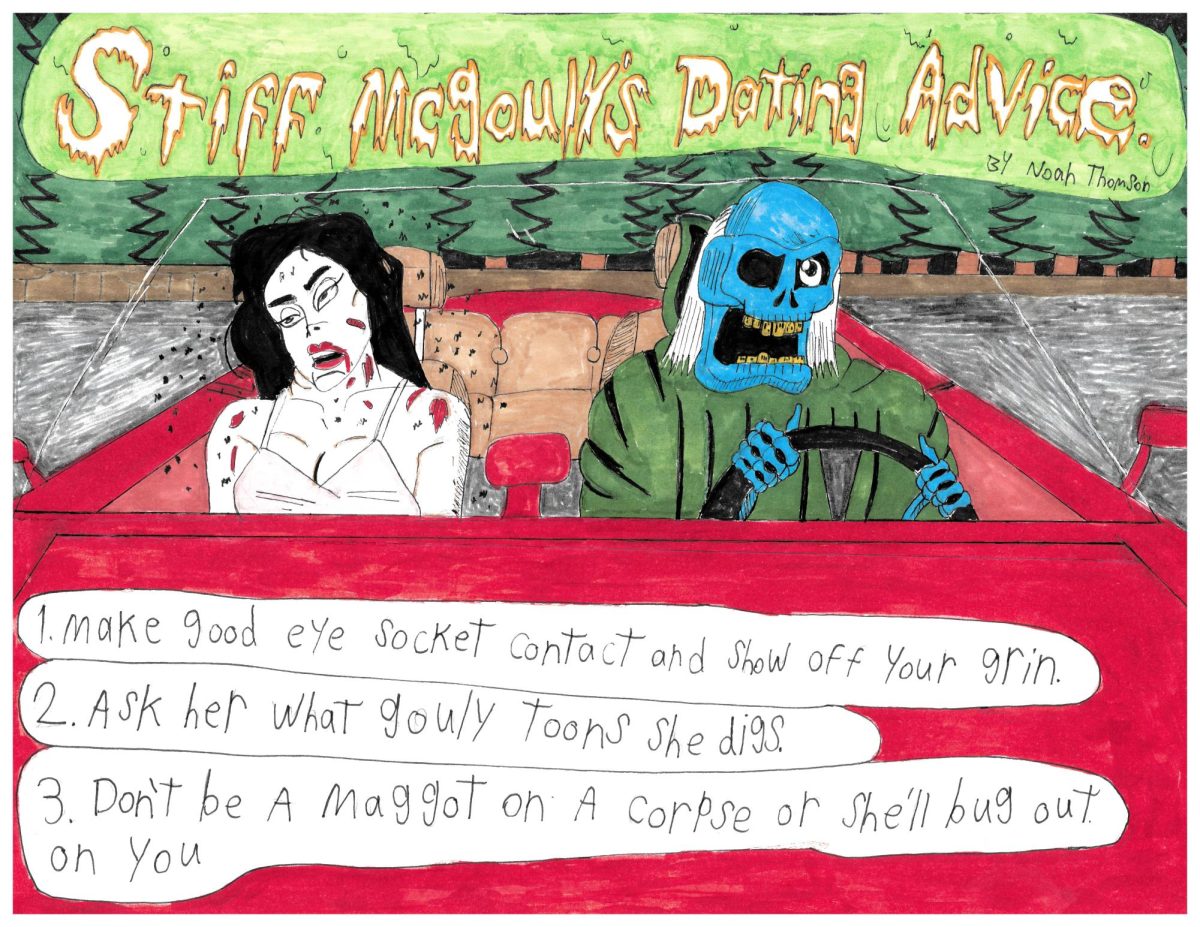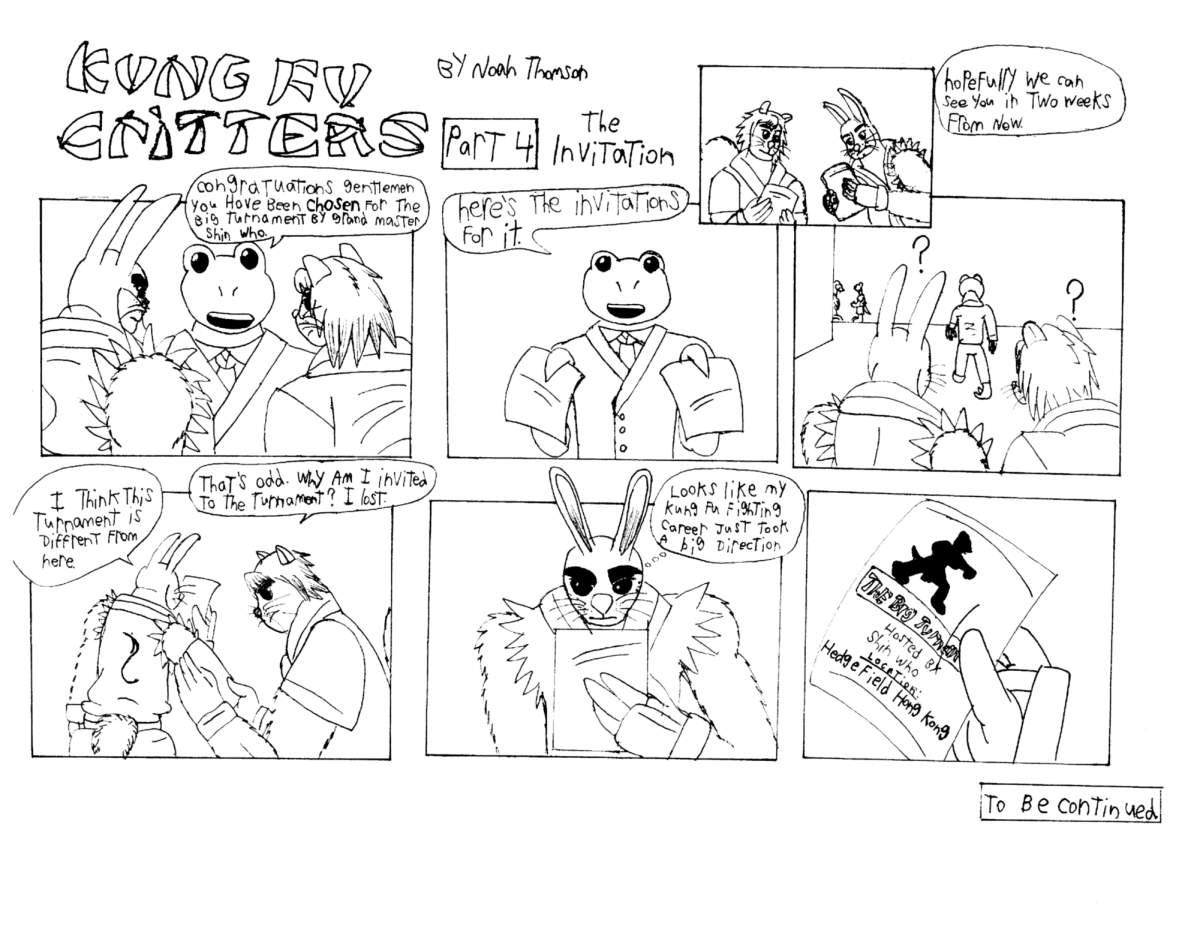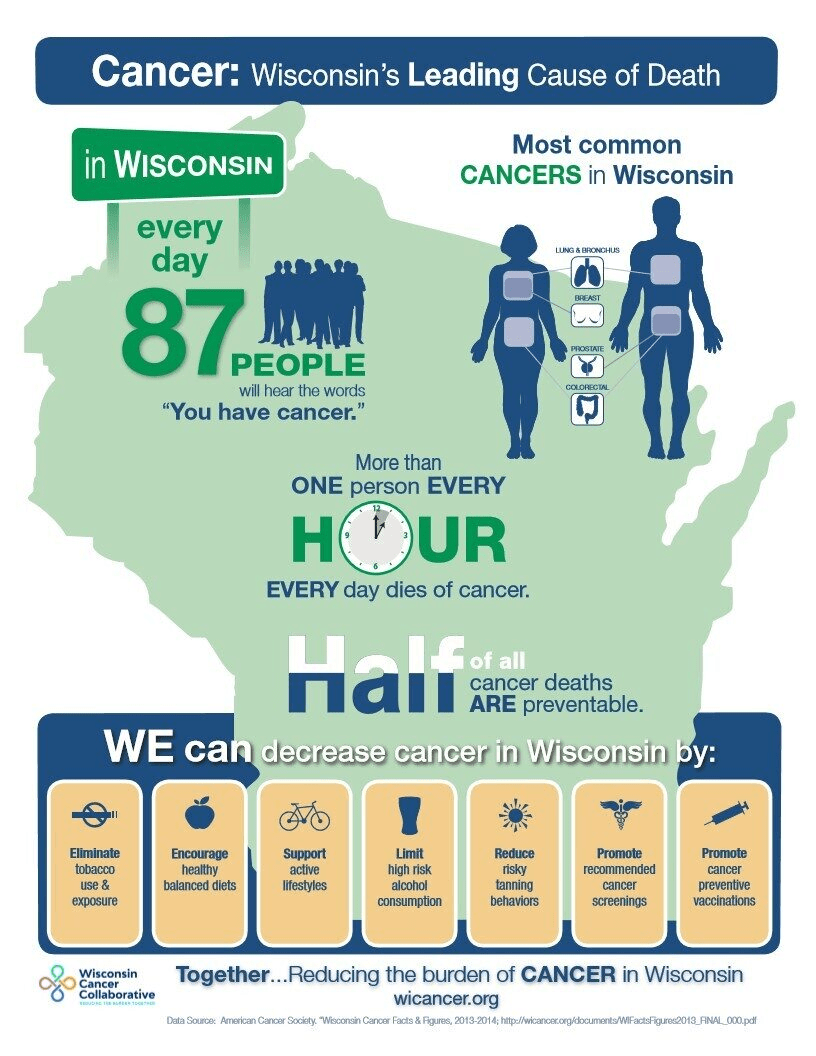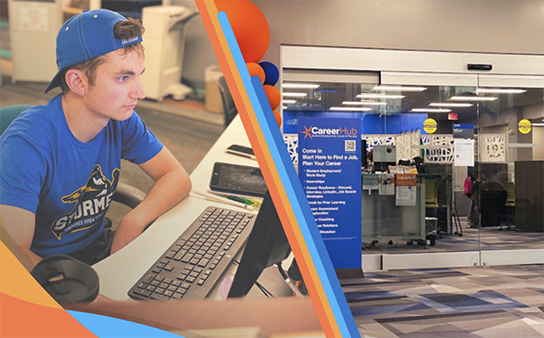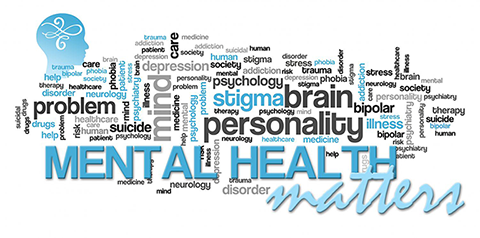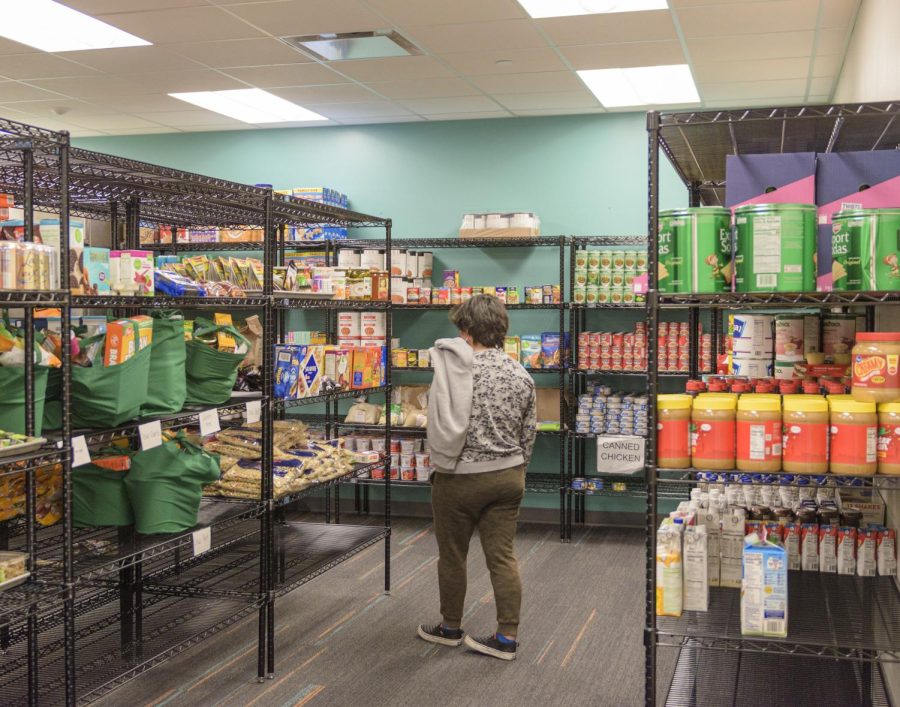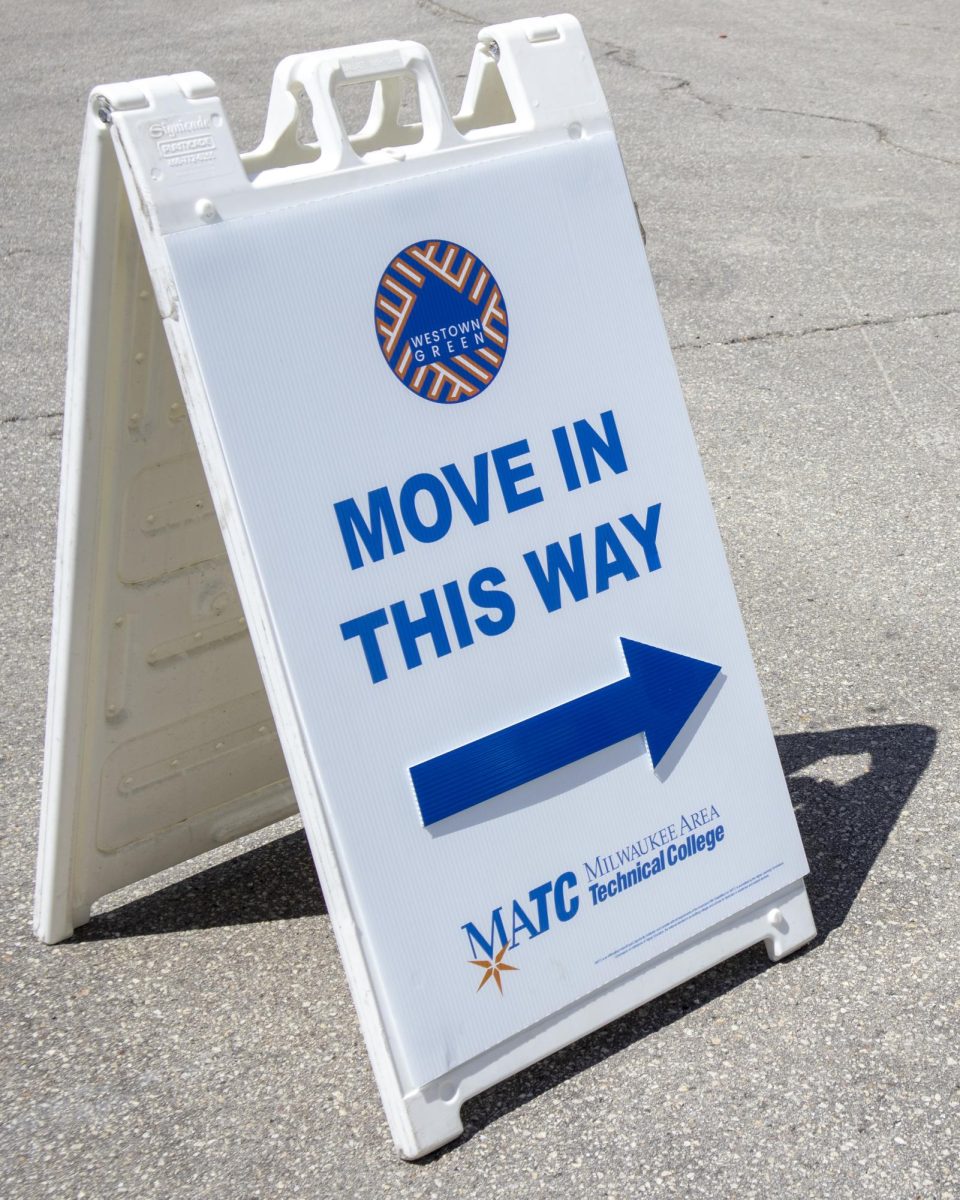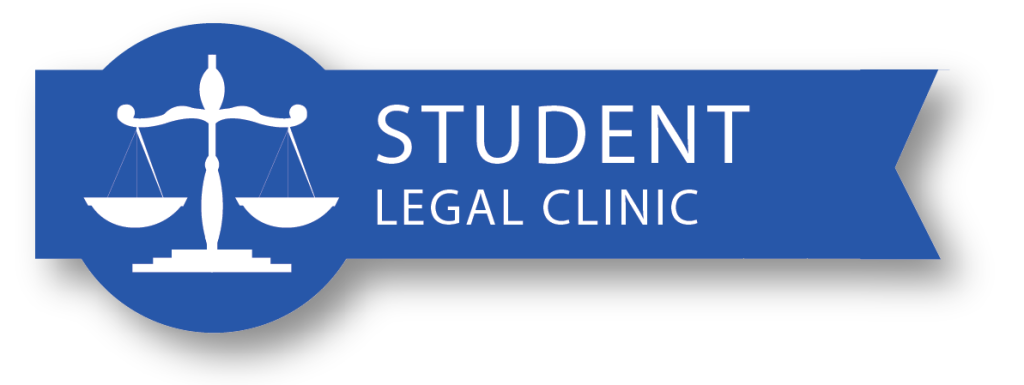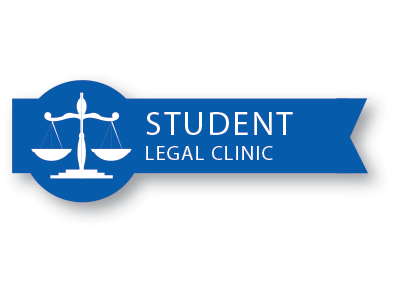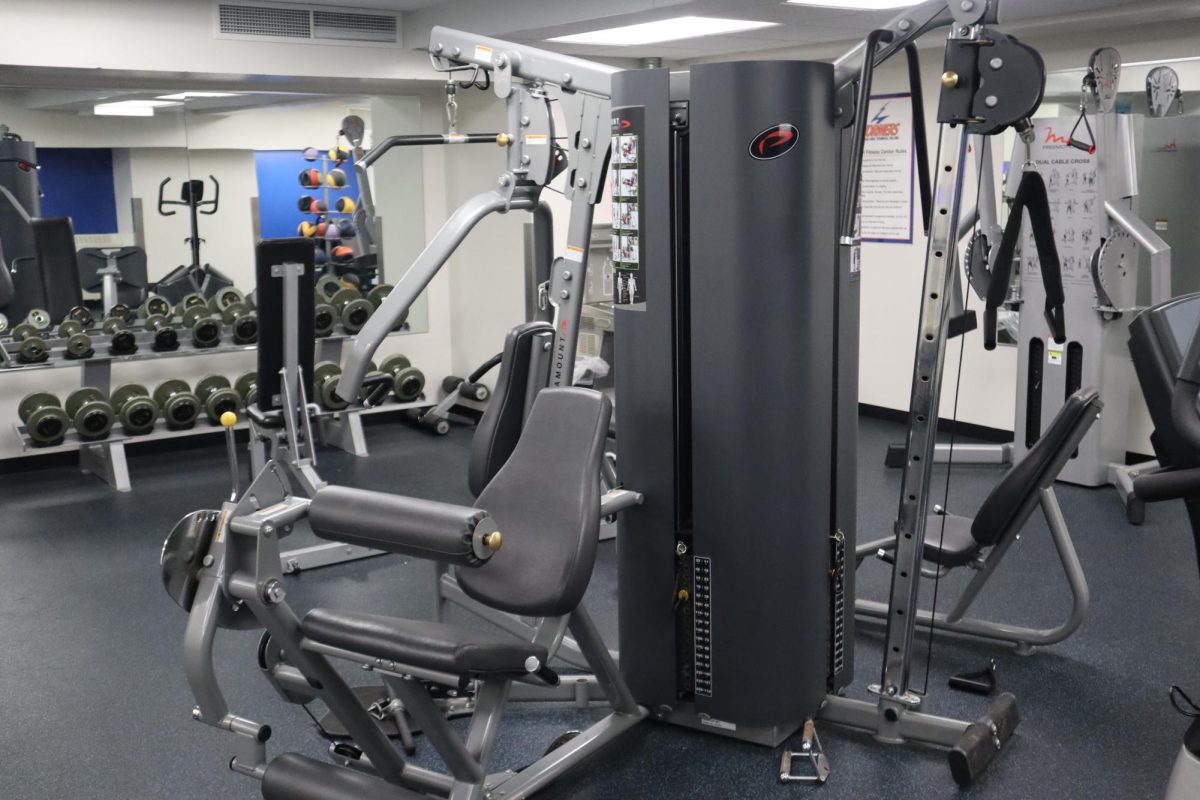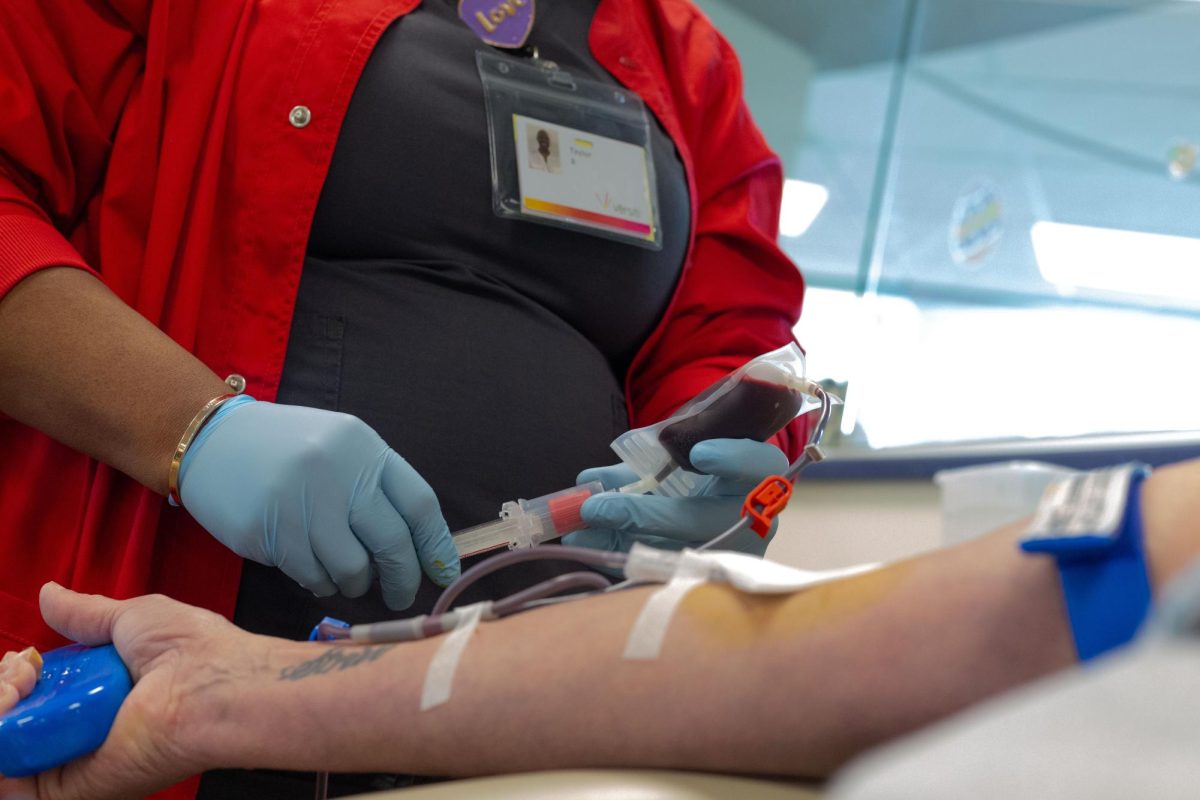According to the Centers for Disease Control and Prevention (CDC), alcohol is the most used substance in America. The 2020 National Survey on Drug Use and Health (NSDUH) indicated that 40.3 million Americans aged 12 or older had a SUD (Substance Use Disorder) in the past year. Despite these sobering statistics, there is often a lack of awareness about how severe these disorders are.
MATC CAPS had a presentation for students, staff, and faculty on March 21. If you were unable to attend, please see more information on the subject below.
What are Substance Use Disorders?
Substance Use Disorders (SUDs) can occur when someone is using substances–like alcohol and/or other drugs–in a way that creates problems for the user and those around them. The American Psychiatric Association (APA) defines Substance Use Disorder as a complex condition in which there is uncontrolled use of a substance. People with SUDs have an intense focus on using a particular substance(s), such as alcohol, tobacco, or illicit drugs, to the point where the person’s ability to function in day-to-day life becomes impaired. People keep using the substance even when they know it is causing or will cause problems. The most severe SUDs are sometimes called addictions.
There are different types of SUDs, including Opioid Use Disorder, Marijuana Use Disorder, Nicotine Use Disorder, Stimulant Use Disorder, Sedative Use Disorder, Hallucinogen Use Disorder, and Alcohol Use Disorder. The cause of SUD is not fully understood, but it is believed to be caused by a combination of genetic, behavioral, psychological, and social factors. SUDs are treatable, chronic diseases that can affect anyone – regardless of race, gender, income level, or social class. According to the National Institute on Drug Abuse (NIDA), many individuals who develop SUDs are also diagnosed with other mental health disorders, and vice versa.
What are the symptoms of substance use disorder?
The following are the most common behaviors that mean a person is using or misusing drugs or alcohol. But each person may have slightly different symptoms. Symptoms may include:
● Using or drinking larger amounts or over longer periods of time than planned.
● Continually wanting or unsuccessfully trying to cut down or control use of drugs or alcohol.
● Spending a lot of time getting, using, or recovering from use of drugs or alcohol.
● Craving, or a strong desire to use drugs or alcohol.
● Ongoing drug or alcohol use that interferes with work, school, or home duties.
● Using drugs or alcohol even with continued relationship problems caused by use.
● Giving up or reducing activities because of drug or alcohol use
● Taking risks, such as sexual risks or driving under the influence.
● Continually using drugs or alcohol even though it is causing or adding to physical or psychological problems.
● Developing tolerance or the need to use more drugs or alcohol to get the same effect. Or using the same amount of drugs or alcoho,l but without the same effect.
● Having withdrawal symptoms if not using drugs or alcohol. Or using alcohol or another drug to avoid such symptoms.
The symptoms of substance use disorder may resemble other mental health conditions.
Treatment for SUDs is personalized and may involve individual, group, or family therapy sessions. The three primary forms of treatment include detoxification, cognitive and behavioral therapies, and medication-assisted therapies. Common treatment settings include outpatient counseling, intensive outpatient treatment, inpatient treatment, and long-term therapeutic communities.
Common Myths About Substance Use Disorders:
MYTH: Willpower is all someone needs to beat addiction.
TRUTH: Prolonged substance use alters the way the brain works. The brain sends signals of powerful and intense cravings, which are accompanied by a compulsion to use. These brain changes make it extremely difficult to quit and often a treatment program is required.
MYTH: Those with SUDs have to hit “rock bottom” before they can get help.
TRUTH: Recovery can begin at any time. Given the impacts on the brain and possible consequences of SUDs, the earlier one can get treatment, the better. The longer the SUD continues, the harder it is to treat. Get help early rather than holding out for a low point.
MYTH: Addiction is lifelong.
TRUTH: SUDs are different in every person, where some struggle for years and others manage to respond to treatment quickly. The ultimate goal is long-term recovery that allows people to lead normal and productive lives.
Want to learn more?
The Substance Abuse and Mental Health Services Administration (SAMHSA) is the agency within the U.S. Department of Health and Human Services that leads public health efforts to advance the behavioral health of the nation. https://www.samhsa.gov/
Resources:
For MATC students who may be struggling with substance use, you may reach out to the Counseling and Psychological Services (CAPS) department to access confidential counseling services at [email protected]
Rogers Behavioral Health is a not-for-profit, independent provider of specialized mental health and addiction treatment. https://rogersbh.org/ 800-767-4411
IMPACT 211 is available 24-hours a day to help access information, assistance, and referral to community resources. Call 211 or toll-free 866-211-3380 and text ZIP Code to 898-211. https://www.impactinc.org/

